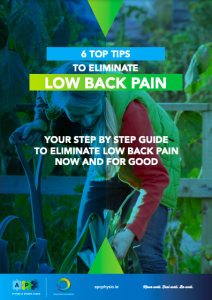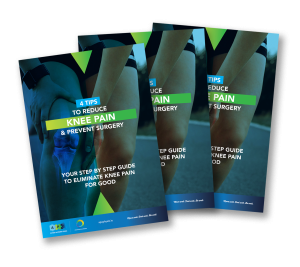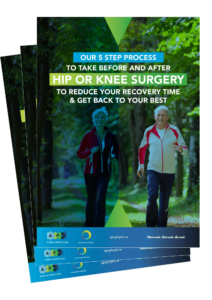Can you believe everything you read online?
Often the answer to this is no!
We all know information is so accessible these days. There is so much information that you’ll often find conflicting information.
Only reading information from a reliable source is highly advised.
You can find yourself in a rabbit hole otherwise. People often cling on to the worst possible scenario when they google something.
We’re here to separate Physio Myths from facts.
Who can you trust about injuries, pain and physio-related topics?
Like everything in the science world, the evidence on how to best reduce pain and recover from injuries has changed over the decades.
Discs don’t slip and they never did!
Using fancy looking machines like ultrasound and laser will be extremely unlikely to make a significant improvement!
Slouching doesn’t increase your chances of being in pain more than sitting up straight!
These are examples of some Physio myths you may have been told and maybe are still thinking this way…
The evidence for all of these was never convincing and unless you’re following the evidence, you’re only speculating.
If a health professional continued to practice the way they originally learned while studying years or decades earlier, they would be left behind by newer emerging research.
It takes a lot of time to keep up to date with the most up to date, evidence-based research.
Finding a reliable source that keeps up to date is vital!
What does the science say?
Like everything in the science world, the evidence on how to best reduce pain and recover from injuries has changed over the decades.
Discs don’t slip and they never did!
Using fancy looking machines like ultrasound and laser will be extremely unlikely to make a significant improvement!
Slouching doesn’t increase your chances of being in pain more than sitting up straight!
These are examples of some Physio myths you may have been told and maybe are still thinking this way…
The evidence for all of these was never convincing and unless you’re following the evidence, you’re only speculating.
If a health professional continued to practice the way they originally learned while studying years or decades earlier, they would be left behind by newer emerging research.
It takes a lot of time to keep up to date with the most up to date, evidence-based research.
Finding a reliable source that keeps up to date is vital!
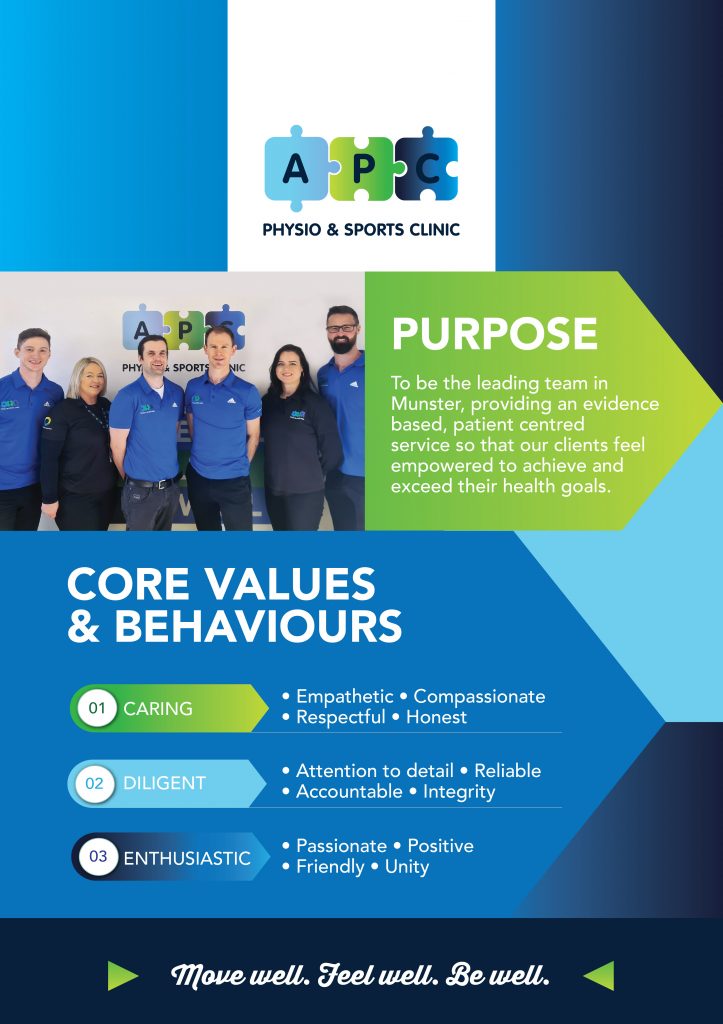
Why is there conflicting information though?
Oftentimes, people and/or organisations genuinely believe the information they are disseminating. However, they just haven’t scrutinised the research enough to realise it isn’t evidence based.
Sometimes, people and less regulated organisations purposely release misinformation they know isn’t evidence based.
Beware of the one size fits all, clickbait posts!
People are complex, one size does not fit all.
Always Ask Why!
A health practitioner should always be able to explain why…
Why they are doing a certain treatment technique…
Why they want you to do a certain exercise…
And likely even why you are in pain in the first place.
You shouldn’t have to ask why. This should be explained to you. But they should always be able to answer.If they can’t explain it, it probably isn’t evidence-based!
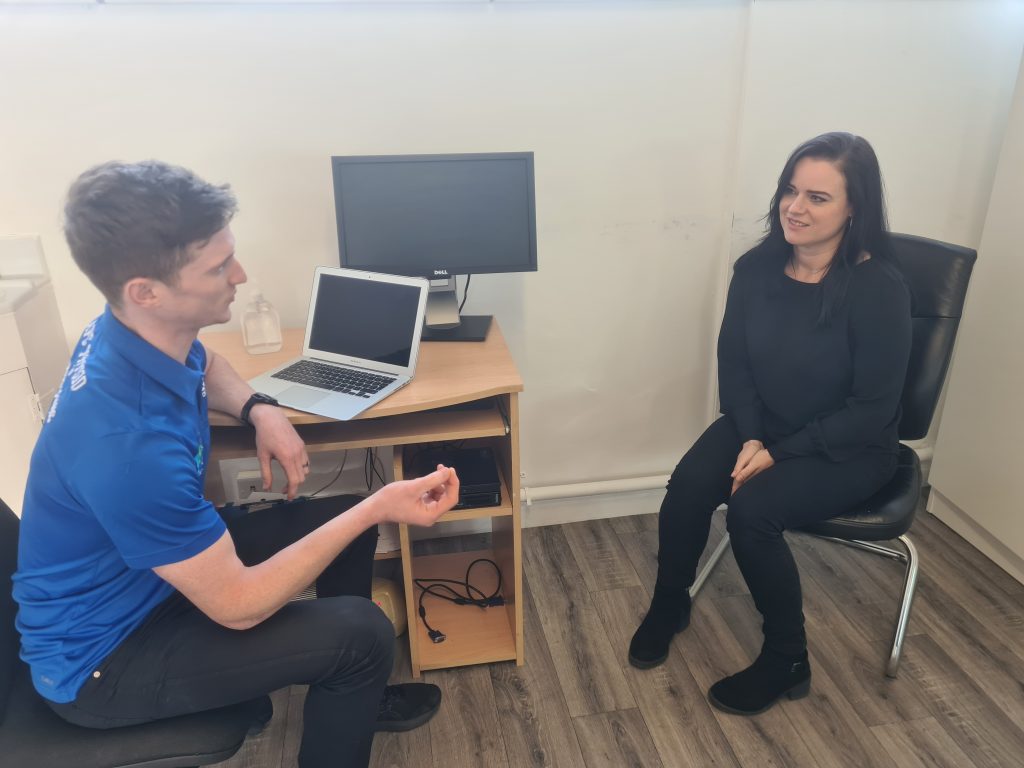
Surely slouching is bad though?
We actually spend more time in the treatment room advising people to slouch than to sit up straight.
Myths like this can increase your pain under certain circumstances.
But as mentioned earlier, there is no one size fits all approach. Sometimes sitting up straight is advised, sometimes slouching is. It depends on the person and their issue.
Rather than telling everyone to sit up straight it’s better to assess all aspects of the person such as these commonly missed issues; their previous injuries, stress levels, nutrition, sleep habits, activity level.
These 5 things have a significant link with pain and injuries.

Nothing is ever definite!
The golden rule of science is that nothing is ever definite. The closest we can get to definite is “extremely likely” and the furthest away is “extremely unlikely”.
Anyone who says anything for definite isn’t using the language of science.
If you read back over the scientific claims I made above you will see the language I use in the underlined writing; it is purposely written using not definitive language.
Hopefully I haven’t lost you yet…
At APC Physio Clinic, we are trying our best to dispel myths and misinformation.
Because we know how powerful knowledge can be.
This is why we have created our own guides for anyone to download.
These are evidence-based, however all of the information won’t apply to every single person in every case (remember there is no one size fits all approach).
They are also FREE!
Why not download one below.
If you have any questions, don’t be afraid to give us a call on 025 35015.
GET HELP TODAY BY DOWNLOADING
ONE OF OUR FREE GUIDES
All of our information guides have been produced in-house.
Click on a guides below to download it

